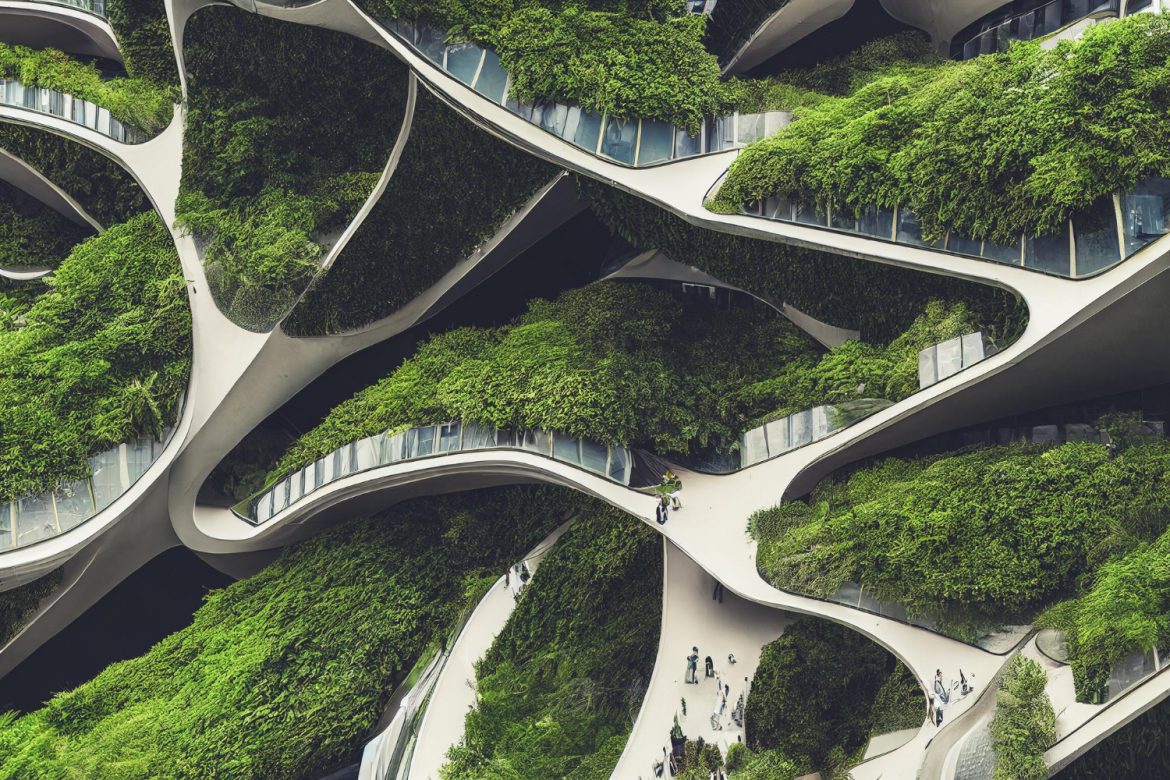In recent years, there has been a significant shift in the real estate industry towards sustainable development practices. As concerns about environmental conservation and climate change continue to grow, more developers and homeowners are embracing green building techniques and eco-friendly design principles. This trend towards sustainability not only benefits the environment but also offers numerous advantages for homeowners and communities.
Green Building Practices
Sustainable real estate development emphasizes the use of green building practices that minimize environmental impact and promote resource efficiency. This includes utilizing renewable materials, implementing energy-efficient technologies, and reducing waste throughout the construction process. From eco-friendly insulation materials to low-flow plumbing fixtures, every aspect of the building design is carefully considered to maximize sustainability.
Energy-Efficient Design
Energy-efficient design is a cornerstone of sustainable real estate development, focusing on reducing energy consumption and carbon emissions. Features such as solar panels, energy-efficient appliances, and high-performance insulation help homes minimize their carbon footprint and lower utility bills. By harnessing renewable energy sources and optimizing energy usage, eco-friendly homes can significantly reduce their environmental impact while providing comfortable living spaces for occupants.
LEED Certification
Leadership in Energy and Environmental Design (LEED) certification is a widely recognized standard for green building performance. Buildings that achieve LEED certification meet stringent criteria for sustainability, energy efficiency, and environmental responsibility. LEED-certified homes not only offer tangible benefits such as lower energy costs and improved indoor air quality but also contribute to a healthier and more sustainable built environment.
Benefits for Homeowners and the Environment
The benefits of sustainable real estate extend beyond environmental conservation to include financial savings, improved health and well-being, and enhanced property value. Eco-friendly homes are more energy-efficient, resulting in lower utility bills and long-term cost savings for homeowners. Additionally, features such as improved indoor air quality and natural daylighting contribute to a healthier and more comfortable living environment.
From a broader perspective, sustainable real estate development helps mitigate the environmental impact of urbanization and supports the transition towards a more sustainable future. By reducing carbon emissions, conserving natural resources, and promoting biodiversity, eco-friendly homes play a vital role in addressing climate change and building resilient communities.
In conclusion, the growing trend of sustainable real estate development represents a positive shift towards a more environmentally conscious and socially responsible approach to building and design. By embracing green building practices, energy-efficient design, and LEED certification, developers and homeowners alike can create homes that not only benefit occupants but also contribute to a healthier planet for future generations.
